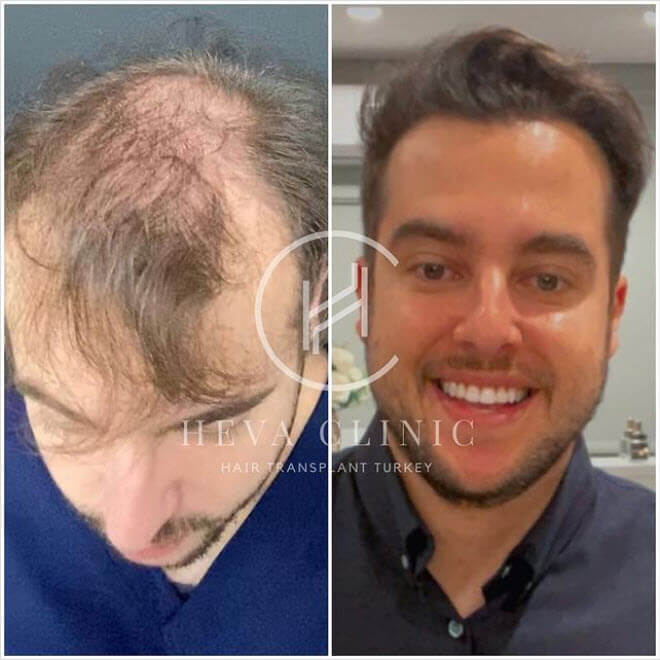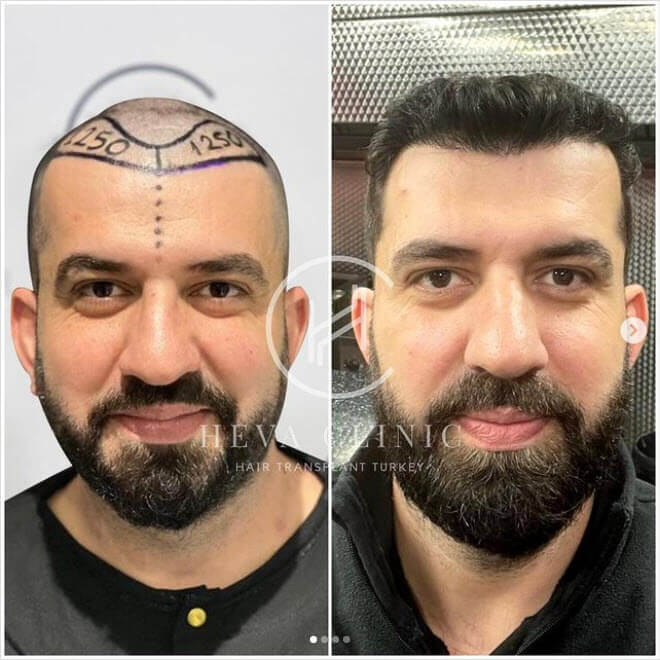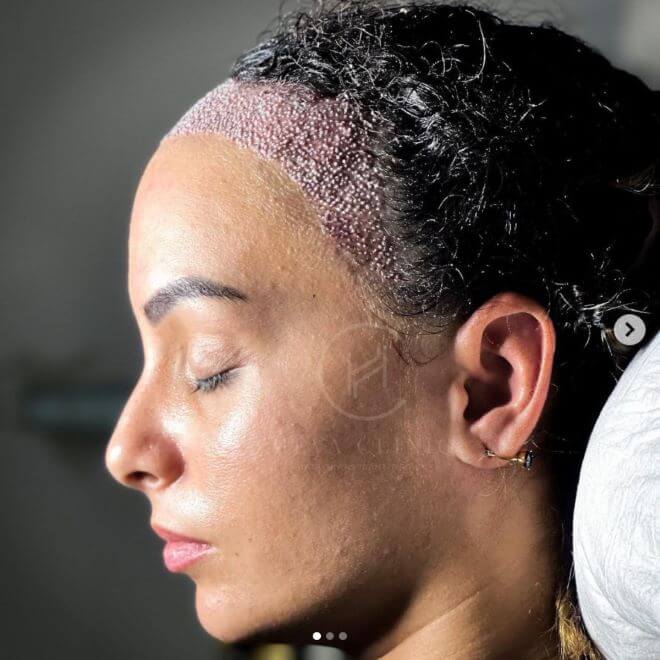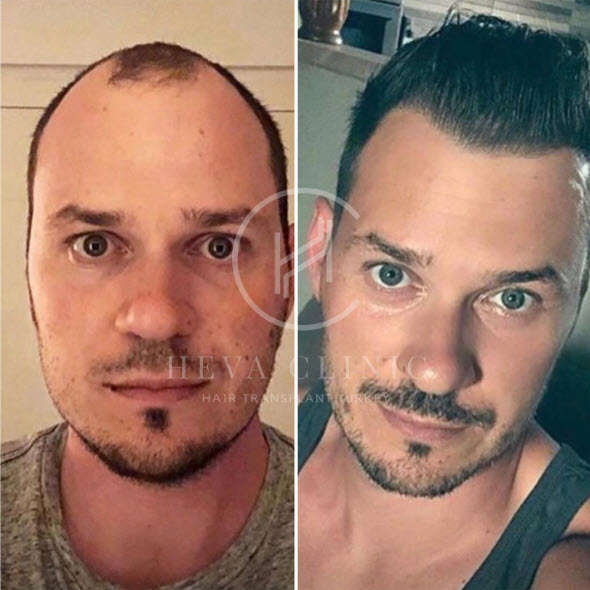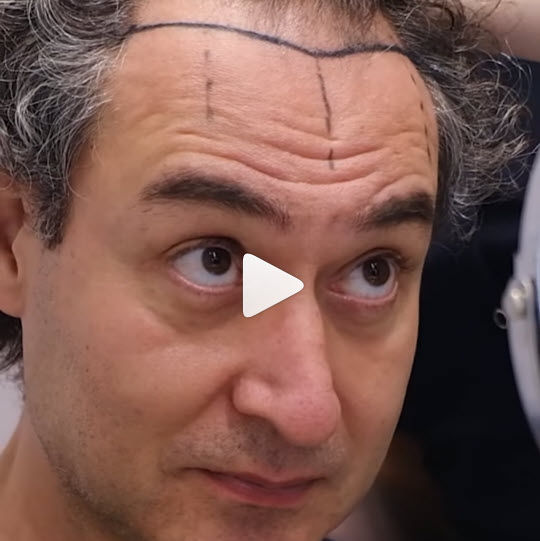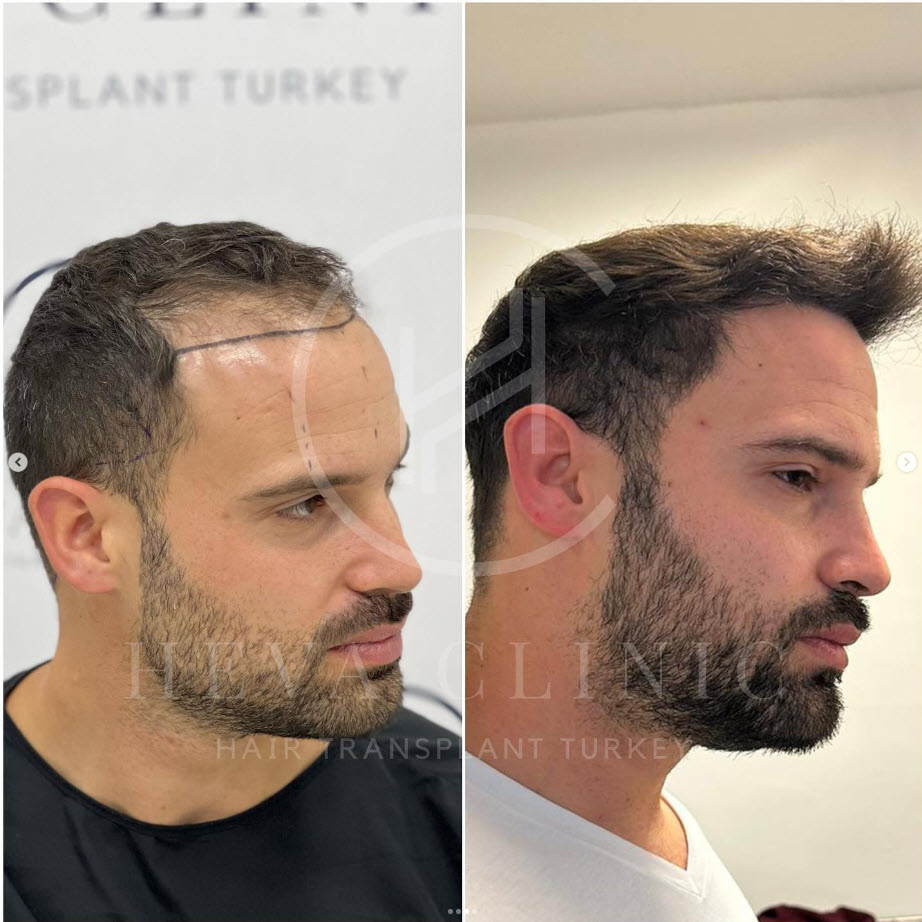Are you tired of trying to style your hair without much success? If so, understanding your hair type is an essential first step in finding the right products and techniques for your specific hair needs. For instance, if you have medium-width waves, you likely have Type 2 hair, which includes 2a, 2b, and 2c types.
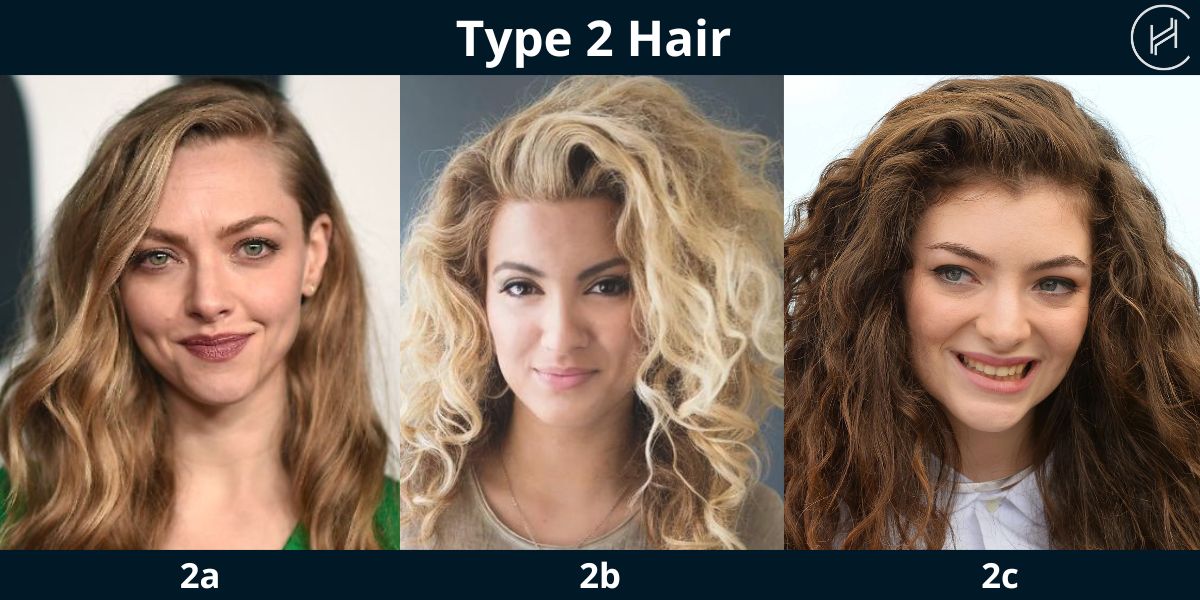
In this article, we’ll help you better identify your type 2 hair to help you style it to bring out its natural beauty. So, whether you have 2a, 2b, or 2c hair, this guide has something for everyone looking to love and care for their type 2 hair.
What is Type 2 Hair?
Wavy hair, or type 2 hair as it’s technically known, is a stunning and unique type with its signature ‘S’-shaped curls and looser texture. But many mistakenly label it as ‘frizzy’ because it can lose shape without the right products.
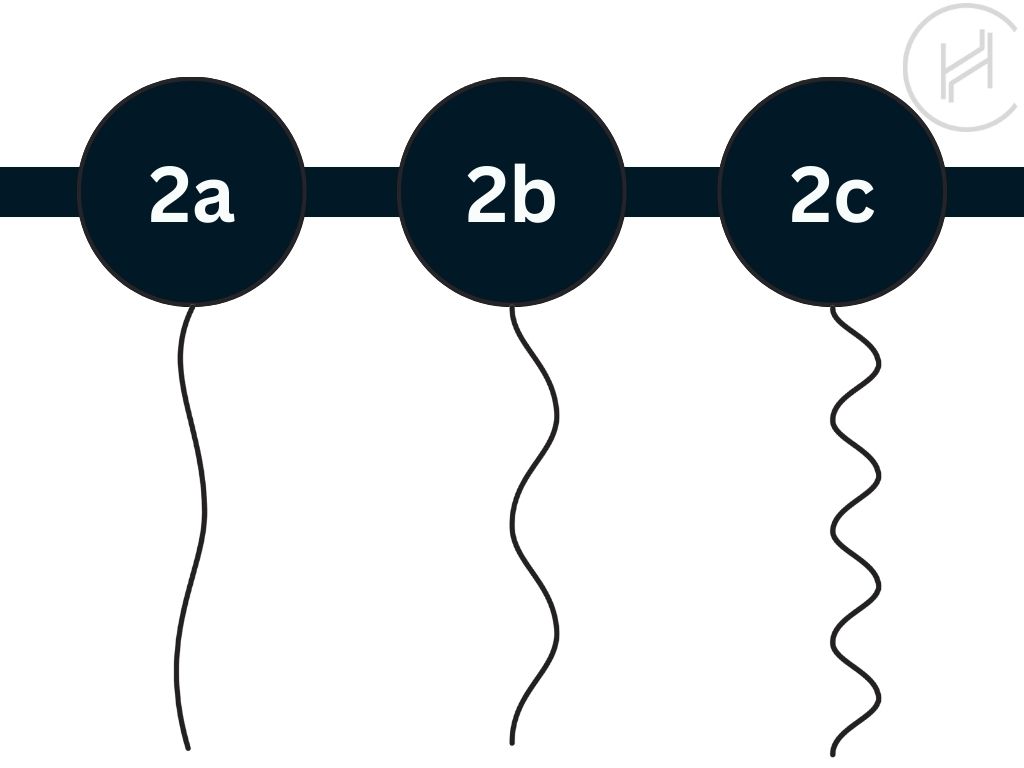
Type 2 hair is further divided into three subcategories – 2A, 2B, and 2C – giving you even more options for styling and care.e. It also goes a long way in helping you understand your hair needs better.
Types of Type 2 Hair
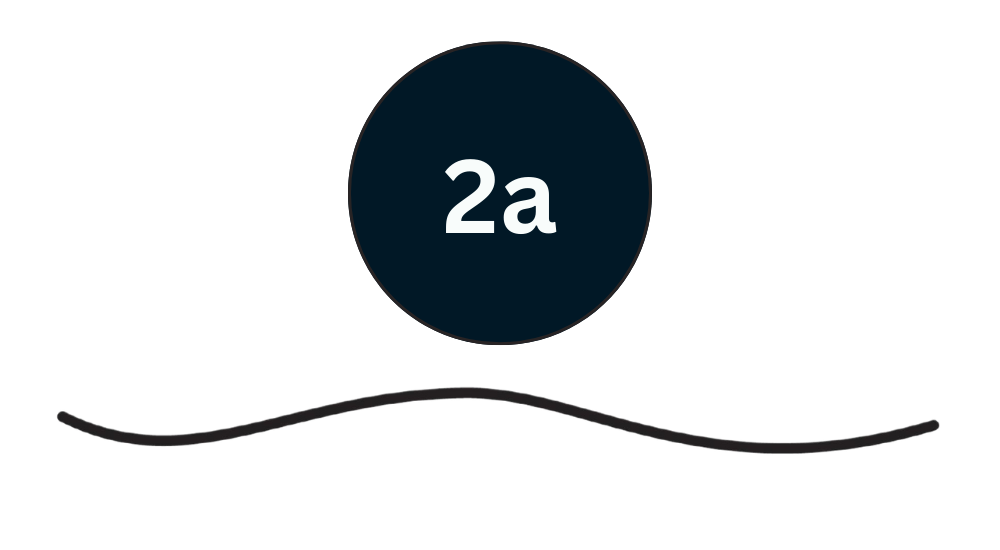
2a Hair Type
The wave pattern, with low-density waves, has a relaxed, S-shaped curl and a smooth, fine texture. These generally thinner strands add a touch of movement and interest to any hairstyle.
Whether you prefer a sleek and straight look or want to embrace your waves, this hair type allows you to switch up your style whenever you want.
Type 2a hair has less shrinkage than other types of wavy hair, such as type 2b and 2c. This means that it will generally not shrink as much when wet and will retain its length more easily.
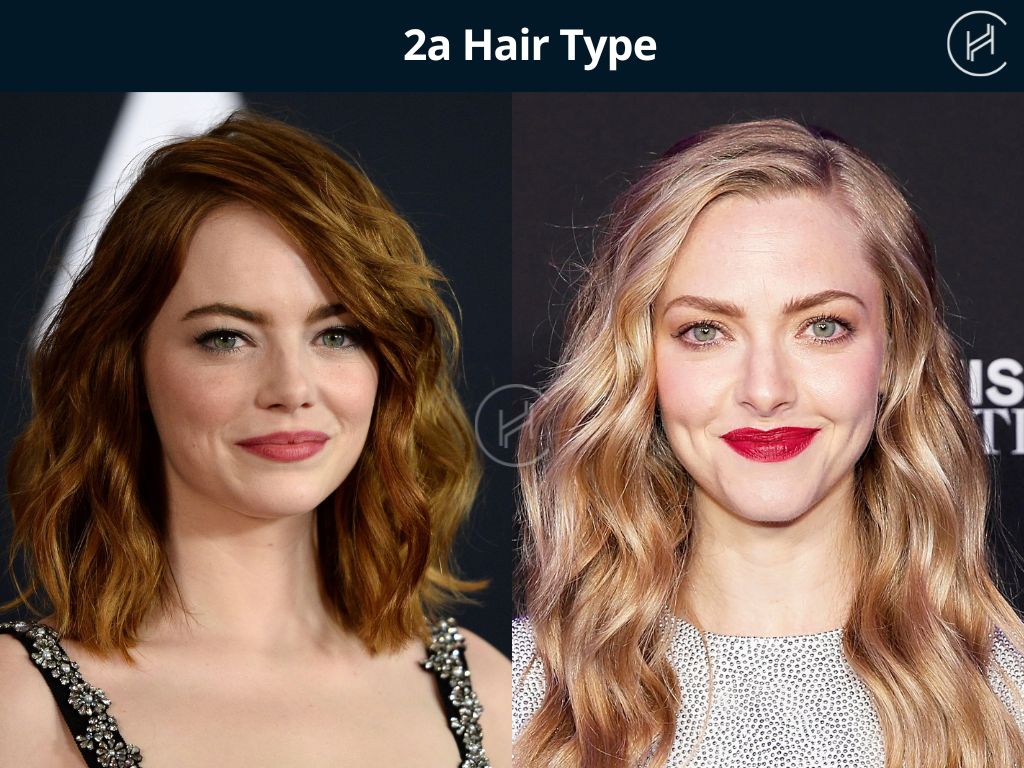
The hair shafts of the 2a hair type are usually thin, making them less resistant to damage, so the risk of breakage is relatively high.
This hair type is usually easy to style but can be prone to frizziness and lack of definition. It may benefit from using lightweight styling products and techniques that help enhance and define the natural wave pattern.
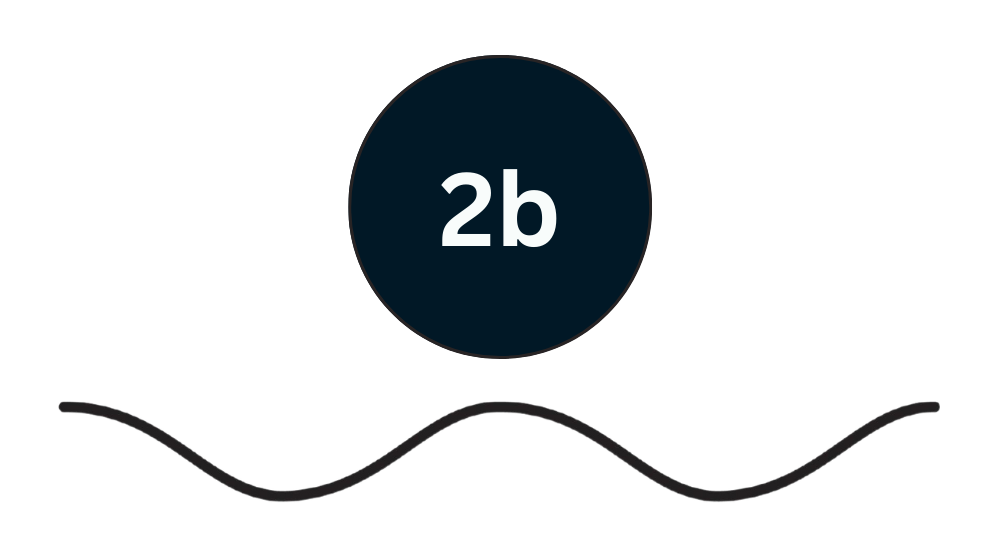
2b Hair Type
These waves are well-defined, moderately dense, and burst with body and bounce. These medium-thick strands bring volume and texture to make any style stand out.
Type 2 wavy hair is most pronounced when wet, but without the right care and styling techniques, it can easily become undefined and lose its shape upon drying.
Type 2b hair can have a moderate level of shrinkage, meaning that when wet, it may appear shorter than when dry.
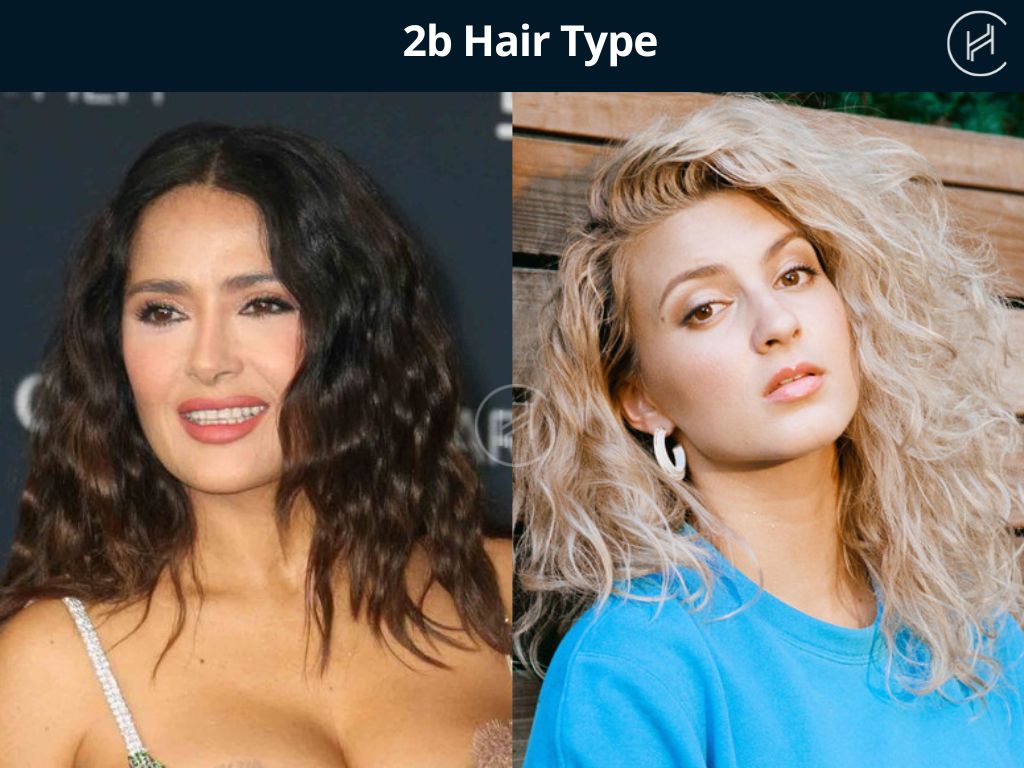
The hair shafts of the 2b hair type are usually thicker than 2a, making them more resistant to damage, so the risk of breakage is relatively low compared to 2a.
This hair type may be harder to style than 2a hair and may need more styling products and techniques to define the wave pattern and control frizz.
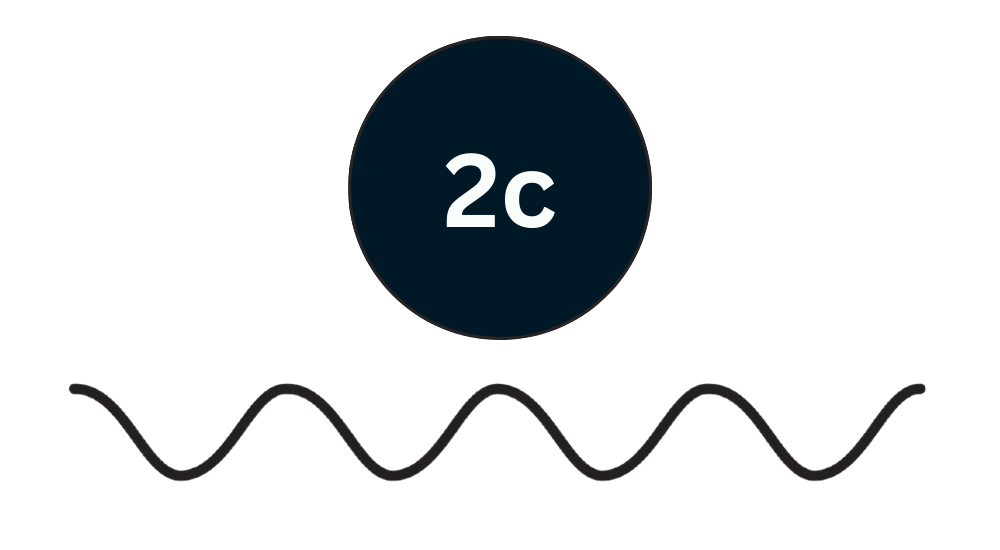
2c Hair Type
It is the ultimate type 2 hair wave pattern, with extremely defined and tight curls that resemble ringlets and a thick, voluminous texture.
These type 2 curly hair are the epitome of curl power and bring a unique and eye-catching texture to any style.
Type 2c hair has a high density and coarser texture than other types of wavy hair and can have a high level of shrinkage, meaning that when wet, it can appear much shorter.
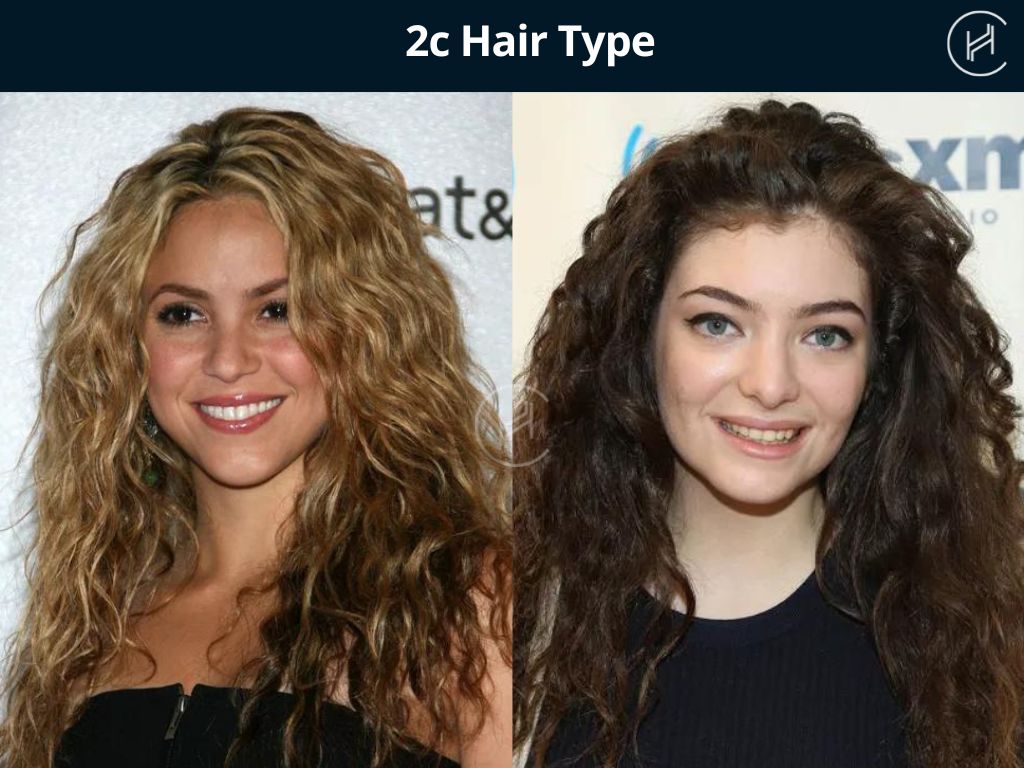
The risk of breakage with type 2c hair can be relatively high, as this type of hair is often more prone to dryness and requires proper moisturizing and conditioning.
Type 2c hair can benefit from using products specifically formulated for curly and coily hair to help enhance and define curls and reduce frizz.
How to know your hair type?
Identifying your hair type can help you understand your hair’s specific characteristics, such as its texture, density, and porosity. This knowledge can be helpful when it comes to selecting the right hair care products and styling techniques for your mane.
There are a 4 main ways to determine your hair type, including looking at the following factors:
1- Porosity
Porosity refers to the hair’s ability to absorb and retain moisture. High-porosity hair absorbs moisture easily but struggles to retain it, while low-porosity hair struggles to absorb moisture. You can test your hair’s porosity by placing a strand of hair in a cup of water; if it sinks, it is high porosity; however, if it floats, it is low porosity.
2- Hair appearance
Hair appearance involves the density and pattern of the hair. Density can be thin or thick, and patterns can be straight, wavy, curly, or coily.
3- Hair Structure
Identifying hair structure can be done by a strand test, by feeling the hair strand between your fingers. Fine hair will not be felt, medium hair will be felt between fingers, and coarse hair will be thick and felt between fingers.
4- Scalp moisture
Dry scalp can lead to dry, brittle hair, while an oily scalp can cause greasiness and dandruff. A balanced scalp has a healthy level of oil production, which can help keep hair and scalp healthy and moisturized.
By analyzing these factors, you can determine your hair type. For example, if you have low porosity, fine hair with a straight pattern, and a well-moisturized scalp, you might have type 1 hair. If you have high porosity, coarse hair with a curly pattern, and a dry scalp, you might have type 3c hair.
What are the main differences between type 2 and type 3 hair?
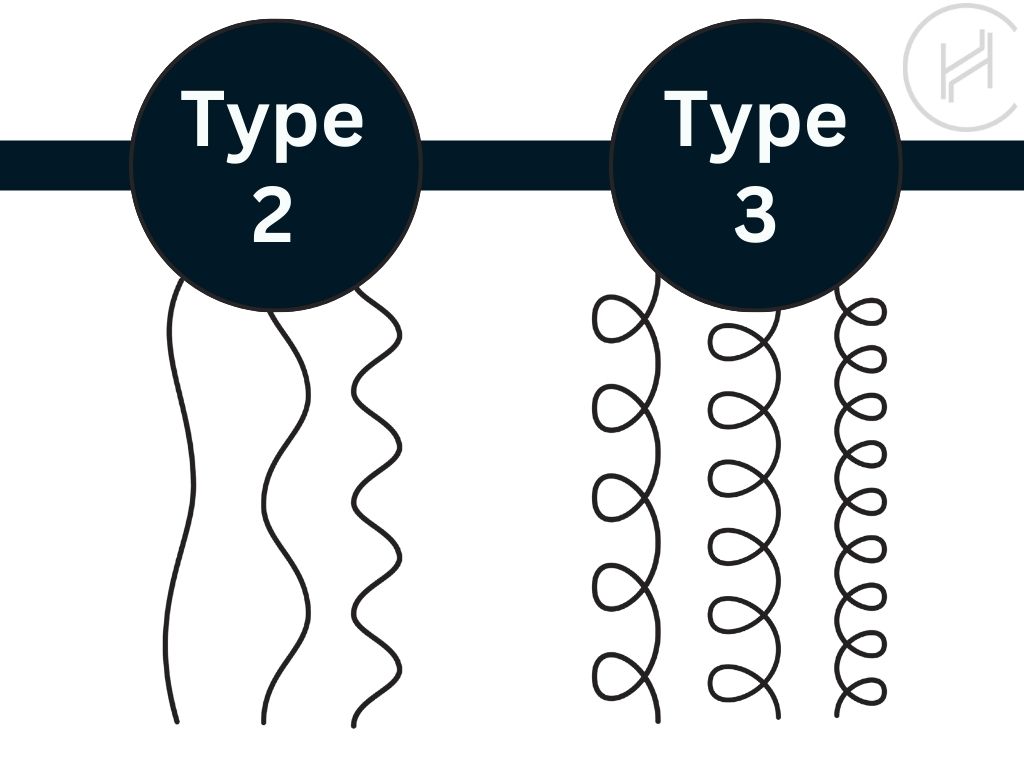
The main difference between type 2 hair and type 3 hair is the curl pattern. Type 2 hair has a wavy curl pattern, while type 3 hair has a more defined, spiral curl pattern.
Type 2 hair ranges from loose waves to more defined, spiral waves and tends to be more prone to frizz. It may require special products and techniques to manage and maintain its shape.
However, type 3 hair is curly hair type that ranges from loose, bouncy curls to tight, springy curls. It is typically thicker and has more texture than type 2 hair.
Type 3 hair is also more prone to tangles and knots because the curls tend to coil and twist upon themselves. It may require special techniques and products to define the curls and control frizz.
What are the main differences between type 2 and type 1 hair?
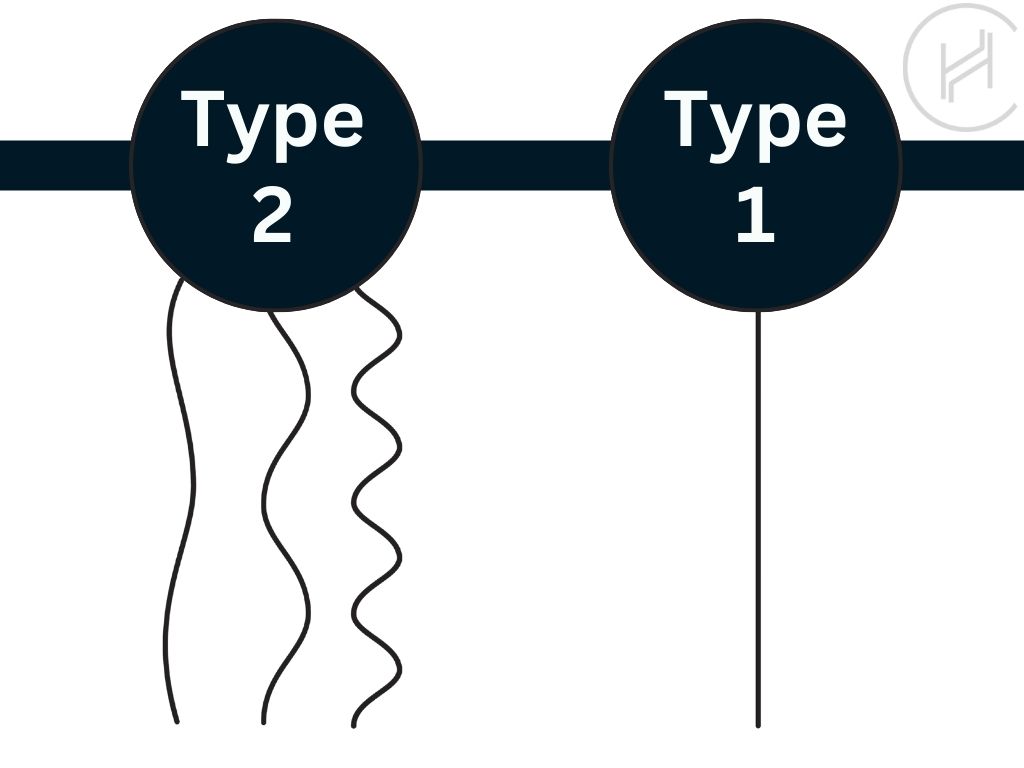
Type 1 hair is straight hair that is fine to medium in thickness and has a smooth, shiny appearance.
It is generally easier to style and manage than other hair types because it has a naturally straight texture and is less prone to tangles and knots.
On the other hand, type 2 hair is wavy hair that is thicker and more resilient than type 1 hair. It is usually fine to medium in thickness and has more body than type 1 hair.
Why is it important to know your hair type?
Knowing your hair type can help you make informed choices about how to care for your hair, leading to healthier, happier hair.

To determine appropriate hair care
Different hair types have different needs when it comes to hair care, such as the type of shampoo and conditioner to use, how often to wash the hair, and how to style it. Knowing your hair type can help you choose hair care products and techniques that are suitable for your hair, which can improve the health and appearance of your hair.
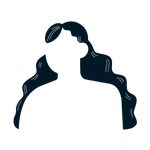
To set realistic hair goals
Knowing your hair type can help you set realistic hair goals. For example, if you have thin, fine hair, you may not be able to achieve the same level of volume as someone with thick, coarse hair. Understanding the natural characteristics of your hair can help you set goals that are achievable and help you avoid disappointment.

To understand common problems
Certain hair types are more prone to certain problems, such as dryness, frizz, or damage. Knowing your hair type helps you understand why you may be experiencing certain issues and what you can do to address them.

To choose the right hair styling methods
Different hair types may require different styling products, such as gels, mousses, or pomades. Knowing your hair type can help you choose the right products for your hair and avoid those that may not work as well or cause damage.
Is type 2 hair suitable for hair transplant?
Yes, type 2 hair is generally considered suitable for hair transplantation. Hair transplantation is a surgical procedure that requires moving hair follicles from one portion of the scalp (called the “donor site”) to a balding or thinning area (called the “recipient site”). Mainly FUE and DHI methods are used for such procedures.
Surgeons often prefer performing hair transplants with thicker and stronger Type 2 hair, as it requires fewer strands to cover the same area of baldness; Norwood Scale can help you calculate the number of hairs that you need for hair transplant.
Having small balding area and strong donor hair results in a more voluminous and natural-looking outcome, giving the appearance of a fuller head of hair.
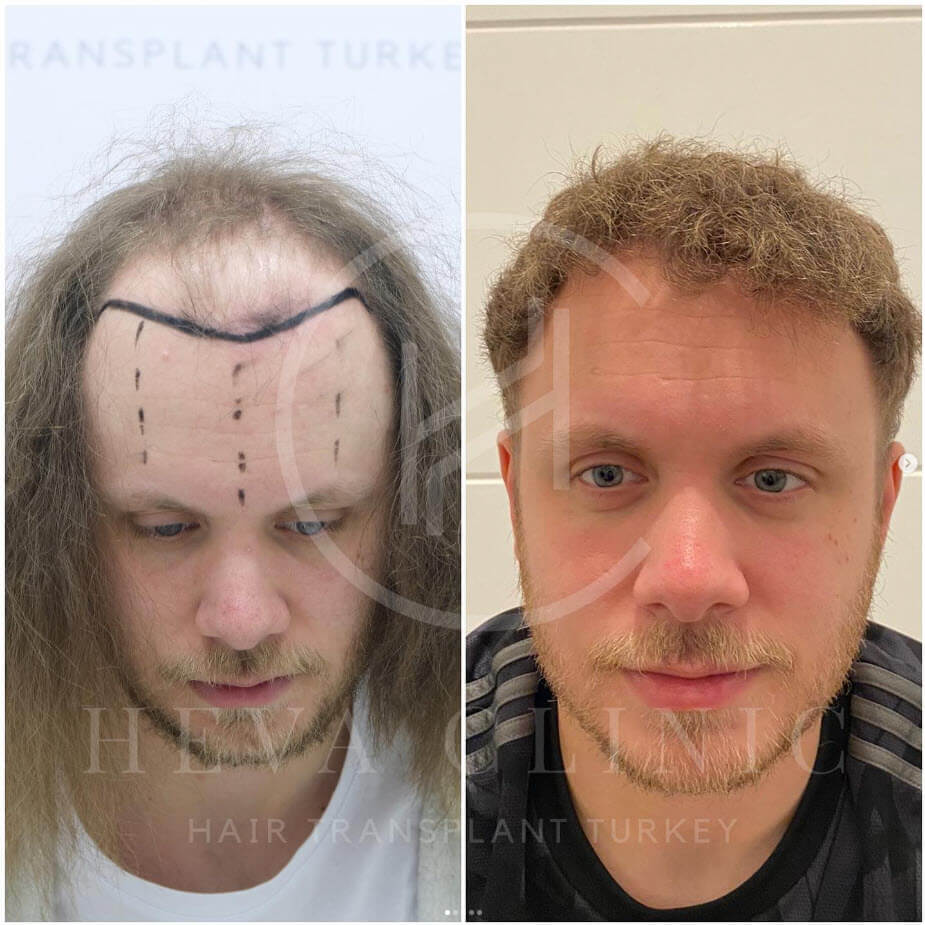
Takeaway
Type 2 hair is a versatile and beautiful hair type that can be styled in various ways. Whether you have 2a, 2b, or 2c hair, it’s essential to use the right products and techniques to care for your hair and achieve your desired look.
By using sulfate-free shampoos, deep conditioning regularly, and experimenting with different styling methods, you can showcase your unique Type 2 hair to the world.

